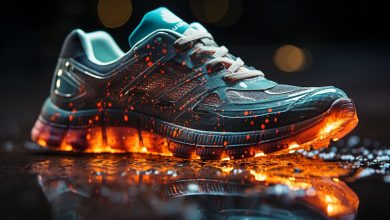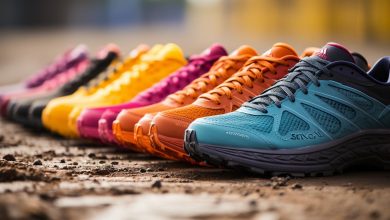The Role of Cushioning and Support in Running Shoes
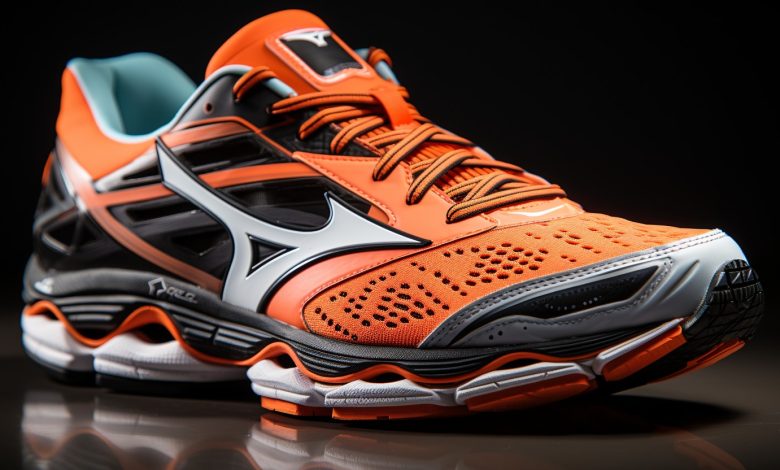
Are you tired of running in discomfort? Do you yearn for shoes that will propel you forward with every stride, while also providing the support your feet need? Look no further!
In this article, we delve into the fascinating world of cushioning and support in running shoes. We will explore the importance of these features, the various technologies available, and their impact on your performance.
Get ready to discover the perfect balance between cushioning and support for an optimal running experience.
The Importance of Cushioning in Running Shoes
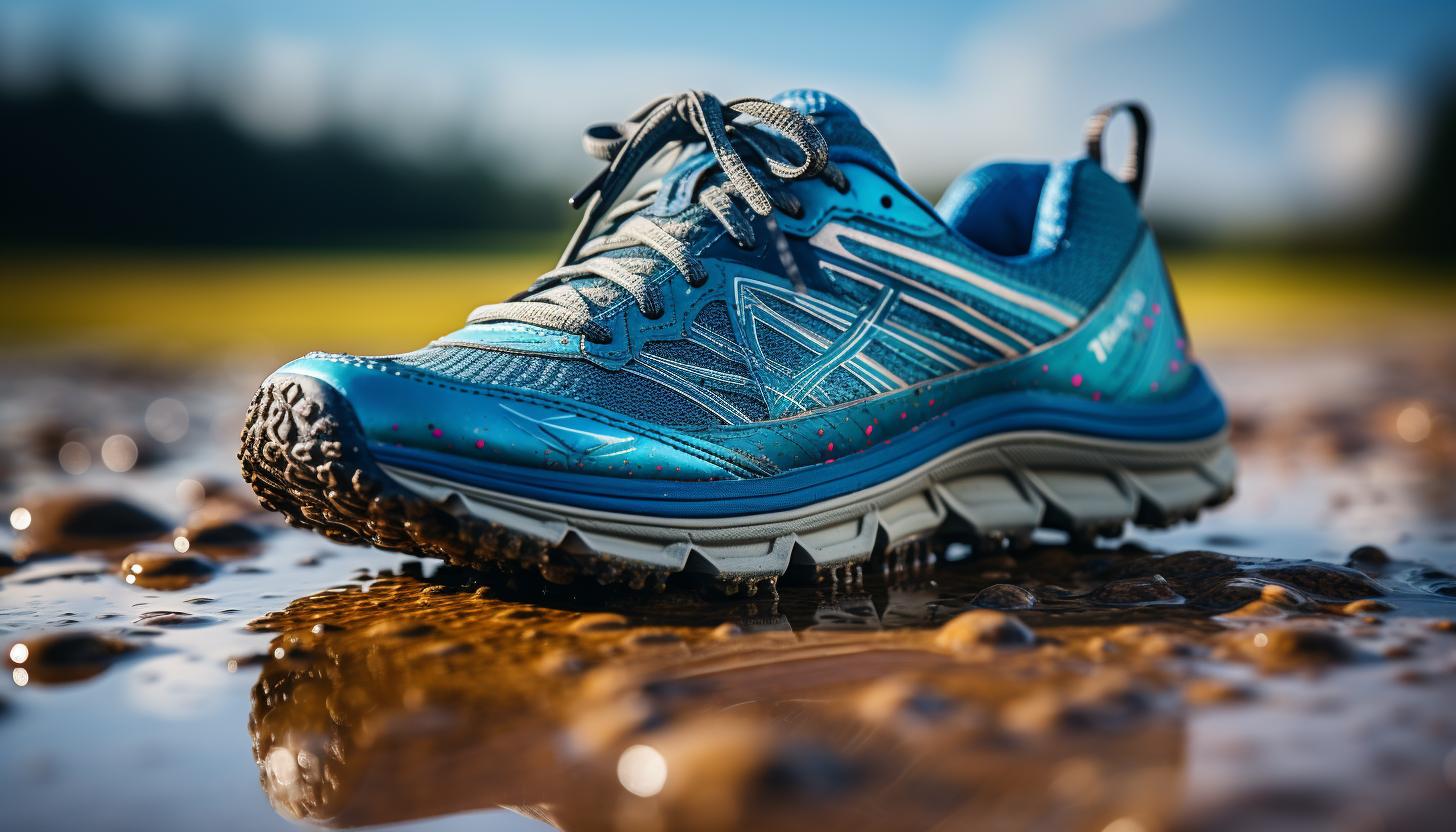
You should choose running shoes with cushioning to protect your feet from impact and reduce the risk of injuries. Cushioning materials used in running shoes play a crucial role in providing comfort and support for runners.
One common material used for cushioning is ethylene vinyl acetate (EVA) foam, which offers excellent shock absorption properties. EVA foam is lightweight, flexible, and provides a responsive feel during each stride.
Proper cushioning in running shoes offers several benefits for runners. Firstly, it helps to absorb the impact forces generated when your foot strikes the ground, reducing stress on your joints and muscles. This can help prevent common running injuries such as shin splints or stress fractures. Secondly, cushioned shoes enhance overall comfort by providing a soft landing and minimizing discomfort caused by excessive pressure on certain areas of your feet.
Furthermore, adequate cushioning can improve performance by enhancing energy return. When you run, the cushioning materials compress upon impact and then spring back into shape, propelling you forward. This energy return can help you maintain momentum and achieve faster speeds.
Understanding the Role of Support in Running Shoes
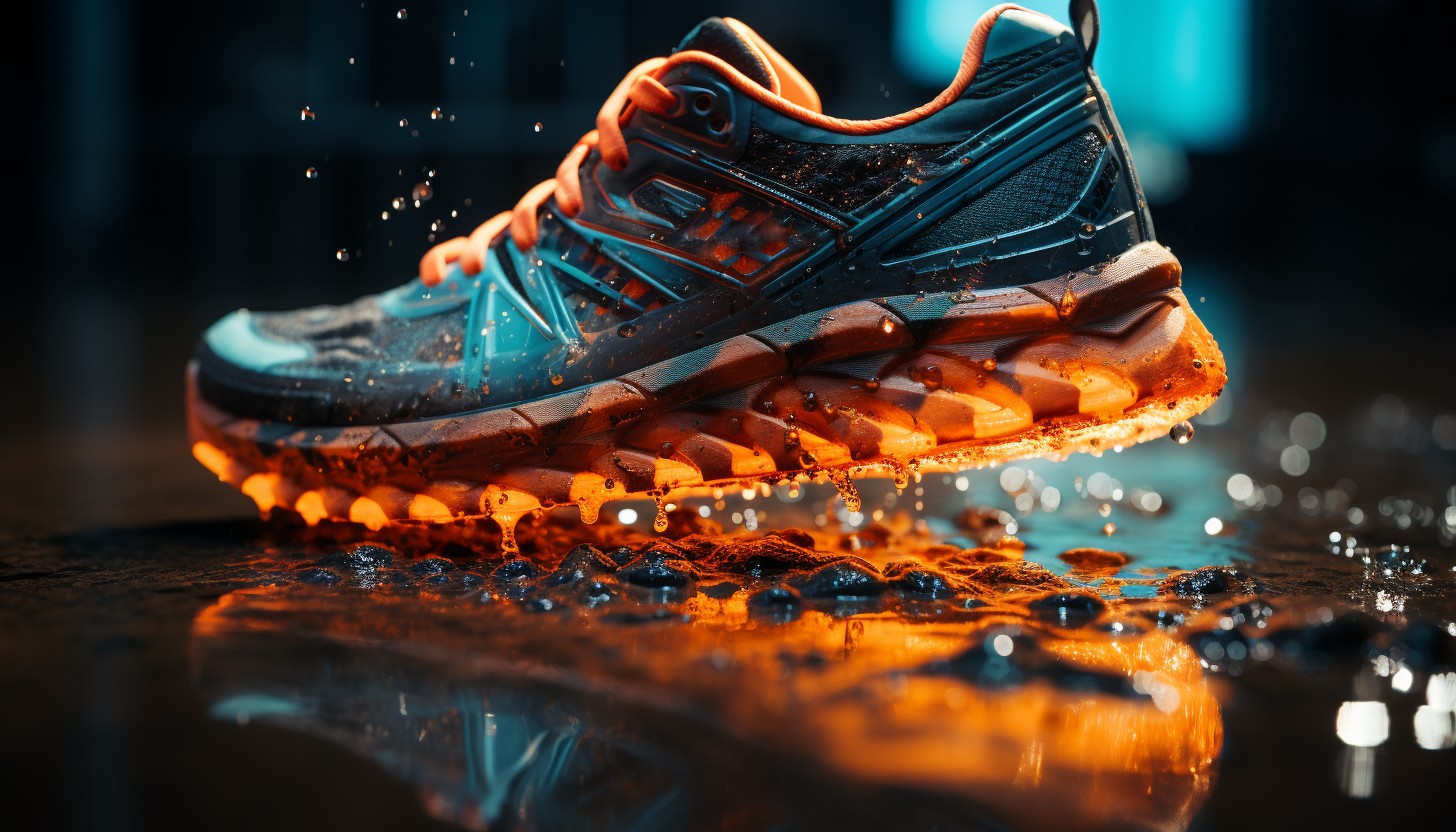
Understanding how support affects your running experience is crucial when selecting the right pair of shoes. The role of stability in running shoes cannot be overstated, as it plays a significant role in preventing injuries and enhancing performance. Here are five key points to consider:
– Proper alignment: Supportive running shoes help maintain proper alignment of your feet, ankles, knees, and hips. This reduces stress on joints and muscles, reducing the risk of injury.
– Overpronation control: If you have flat feet or tend to roll inward excessively while running (overpronation), a shoe with good support will provide stability and prevent excessive inward rolling.
– Arch support: Running shoes with adequate arch support help distribute body weight evenly across your foot, providing stability and preventing strain on the arches.
– Impact absorption: Supportive shoes feature cushioning systems that absorb shock upon impact with the ground, reducing stress on your joints and minimizing fatigue during long runs.
– Enhanced performance: When your feet feel supported, you can run more efficiently with better biomechanics. This can lead to improved speed, endurance, and overall performance.
On the other hand, improper support in running shoes can have negative effects:
– Increased risk of injuries such as shin splints, plantar fasciitis, or stress fractures
– Lack of stability leading to poor balance and coordination
– Fatigue due to excessive strain on muscles
– Decreased performance potential
It’s important to choose running shoes that provide adequate support based on your foot type and gait pattern to optimize your running experience while minimizing the risk of injuries.
Different Types of Cushioning Technologies in Running Shoes
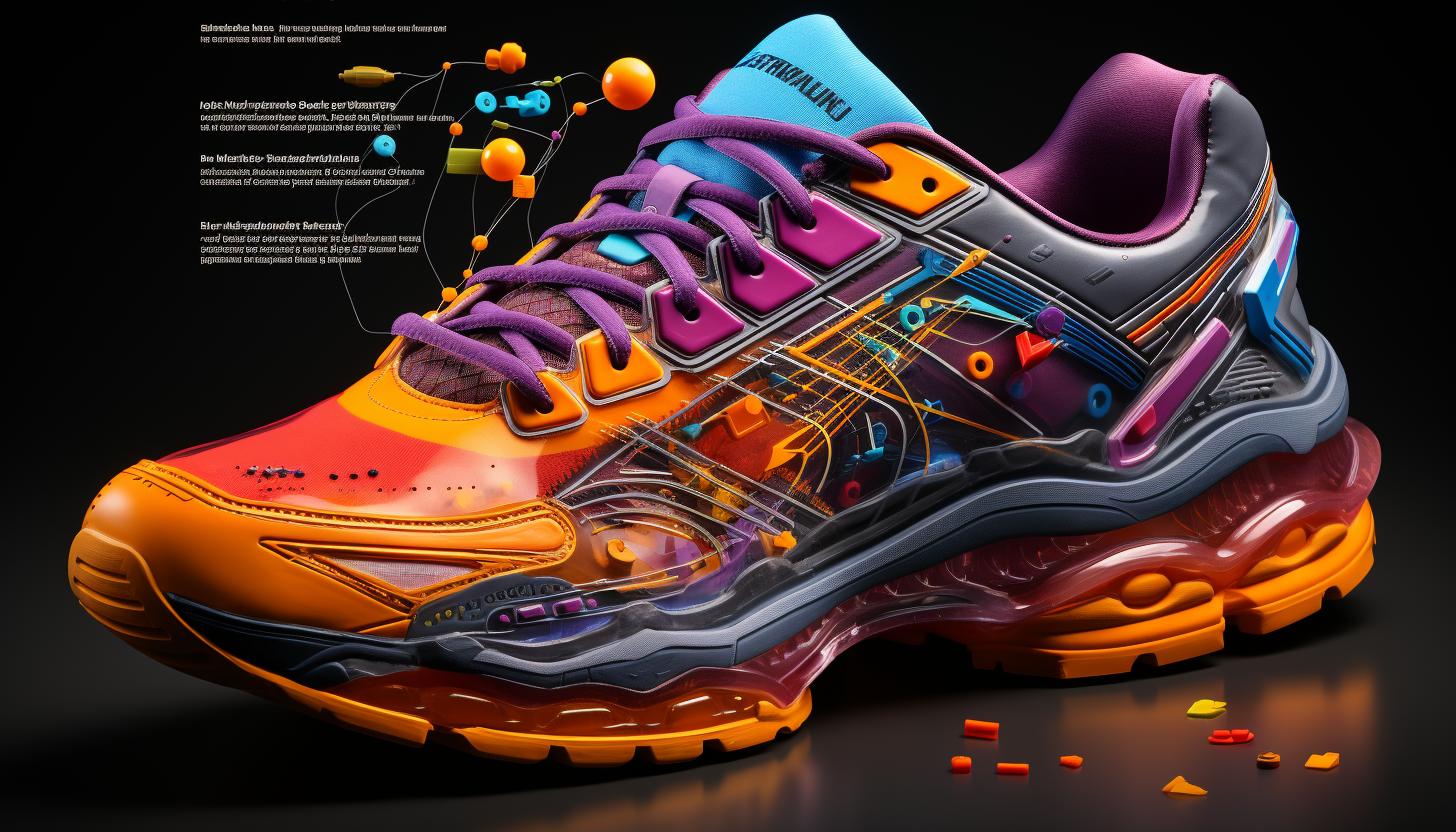
There are various types of cushioning technologies used in running shoes to provide optimal comfort and impact absorption. These advancements have greatly evolved over time, with a focus on enhancing the overall running experience. Let’s take a closer look at some of the most prominent cushioning technologies that have revolutionized the world of running shoes:
| Cushioning Technology | Description |
|---|---|
| EVA (Ethylene Vinyl Acetate) Foam | A lightweight material known for its excellent shock absorption and energy return properties. It offers a comfortable feel and is commonly found in many running shoe models. |
| Gel Cushioning System | Gel pockets strategically placed within the midsole to absorb impact forces and disperse them evenly across the foot. This technology provides enhanced cushioning and stability during runs. |
| Air Cushioning | Utilizes air-filled compartments within the midsole to provide lightweight cushioning while reducing shock upon landing. Nike’s Air Max series is renowned for incorporating this technology into their shoes. |
| Hoka One One |
Understanding these different cushioning technologies allows you to choose a shoe that aligns with your specific needs and preferences as a runner. By selecting footwear that provides adequate comfort and impact absorption, you can enhance your overall performance while minimizing the risk of injuries.
Now that we’ve explored the various types of cushioning technologies available in running shoes, let’s delve into how these factors impact your running performance in our next section
The Impact of Cushioning and Support on Running Performance
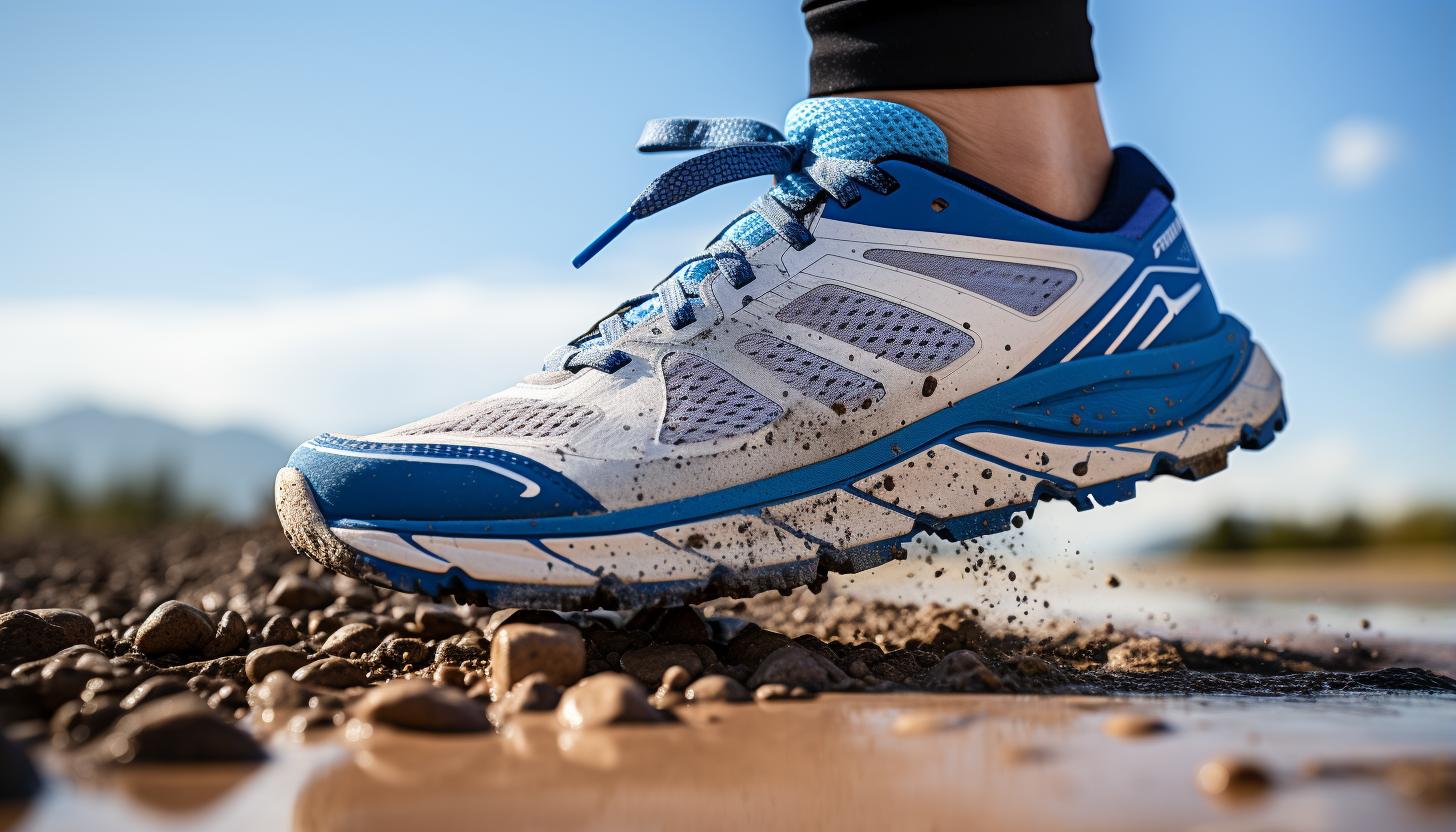
When it comes to maximizing your running performance, the impact of cushioning and support cannot be overlooked. The right amount of cushioning and support in your running shoes can greatly affect your overall comfort, stability, and injury prevention.
Here are some key effects of cushioning and support on injury prevention:
– Shock Absorption: Proper cushioning helps absorb the impact forces generated when your feet hit the ground while running, reducing stress on your joints and muscles.
– Stability: Supportive features in running shoes help maintain proper alignment of your feet and ankles, minimizing the risk of overpronation or supination.
– Arch Support: Adequate arch support can prevent excessive strain on the plantar fascia, reducing the likelihood of conditions like plantar fasciitis.
– Pressure Distribution: Well-designed cushioning evenly distributes pressure across the foot, preventing hot spots or blisters from forming during long runs.
– Energy Return: Some brands incorporate responsive cushioning technologies that provide a spring-like effect, returning energy with each stride and enhancing propulsion.
Different brands offer varying levels and types of cushioning and support systems. Comparing these factors can help you find the perfect pair for your needs. Consider factors such as foam density, midsole materials (e.g., EVA vs. TPU), heel-to-toe drop, stability features (e.g., medial posts or guide rails), arch support options (e.g., removable inserts), and any specialized technologies unique to each brand.
Remember that finding the right balance between cushioning and support is essential for maximizing both comfort and injury prevention while running.
Finding the Right Balance: Cushioning Vs Support in Running Shoes
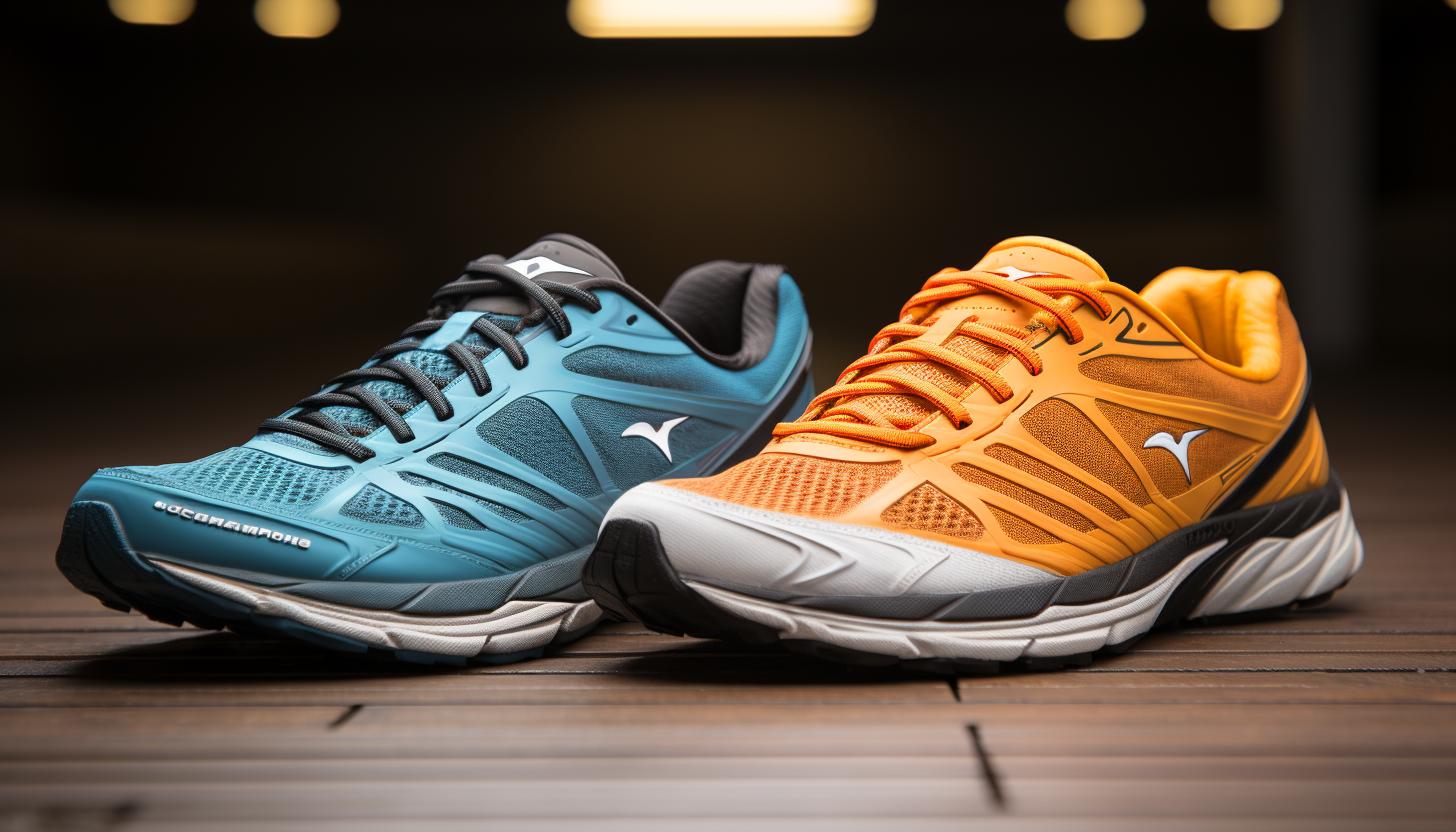
Finding the right balance between cushioning and support in your running shoes is crucial for maximizing comfort and preventing injuries. When it comes to finding the perfect fit, shoe sizing considerations play a significant role. It’s essential to choose shoes that are the correct size and width for your feet. Too tight or too loose shoes can lead to problems such as blisters, toenail damage, and even stress fractures.
Long-term effects of cushioning and support on foot health should also be taken into account. Cushioning provides shock absorption and helps reduce impact forces during running. This can help protect your joints from excessive stress and prevent conditions like plantar fasciitis or shin splints. On the other hand, support refers to how well a shoe stabilizes your foot during movement. It helps control pronation (the inward rolling motion of the foot) and ensures proper alignment.
To find the right balance between cushioning and support, consider factors such as your running style, body weight, foot arch type, and any pre-existing foot conditions or injuries you may have. Consulting with a knowledgeable expert at a specialized running store can provide valuable insights into which type of shoe would best suit your needs.
Remember that finding the right fit goes beyond just choosing the correct size; it involves understanding how cushioning and support work together to promote optimal foot health while providing comfort during long runs or intense workouts. So take the time to do some research, try different options, and prioritize finding a pair of running shoes that will keep you comfortable, supported, and injury-free in the long run!
Conclusion
In conclusion, when it comes to choosing the right running shoes, finding the perfect balance between cushioning and support is crucial. The combination of these two factors can greatly impact your overall running performance.
Cushioning provides comfort and absorbs shock, while support helps maintain stability and prevents injuries. By understanding the role of cushioning and support in running shoes, you can make an informed decision that will enhance your running experience.
So remember, seek the sweet spot where supreme cushioning meets steadfast support for a sensational stride!





